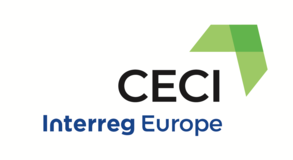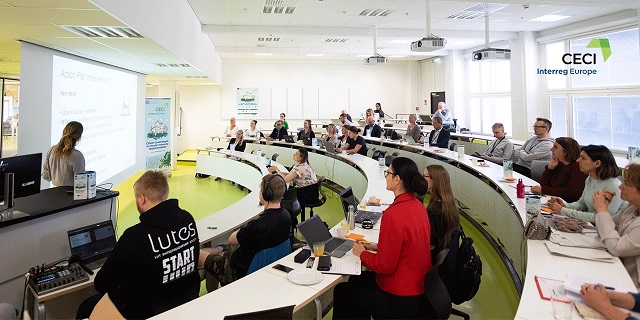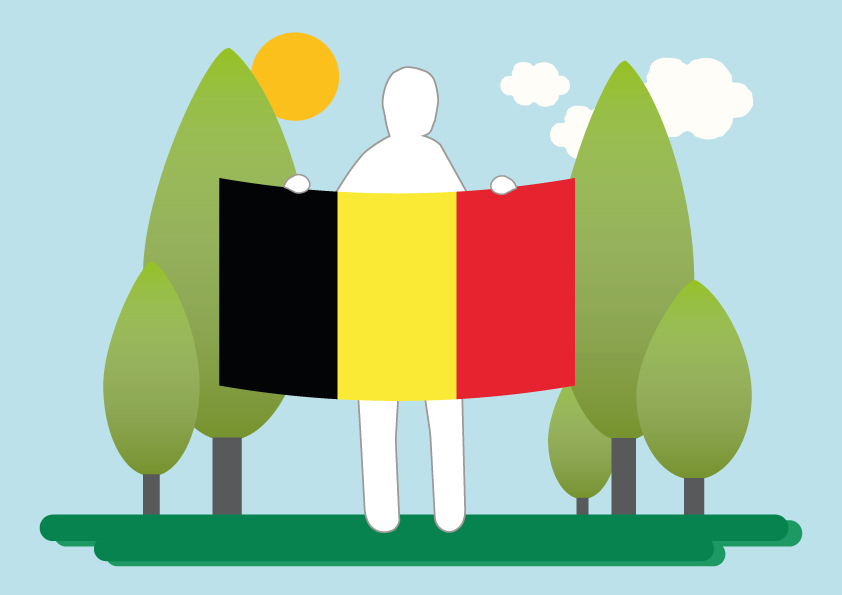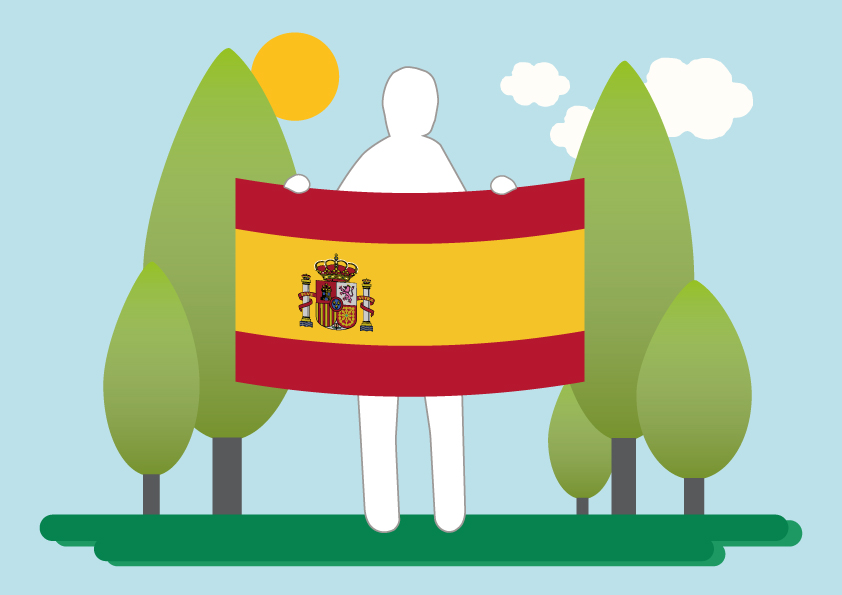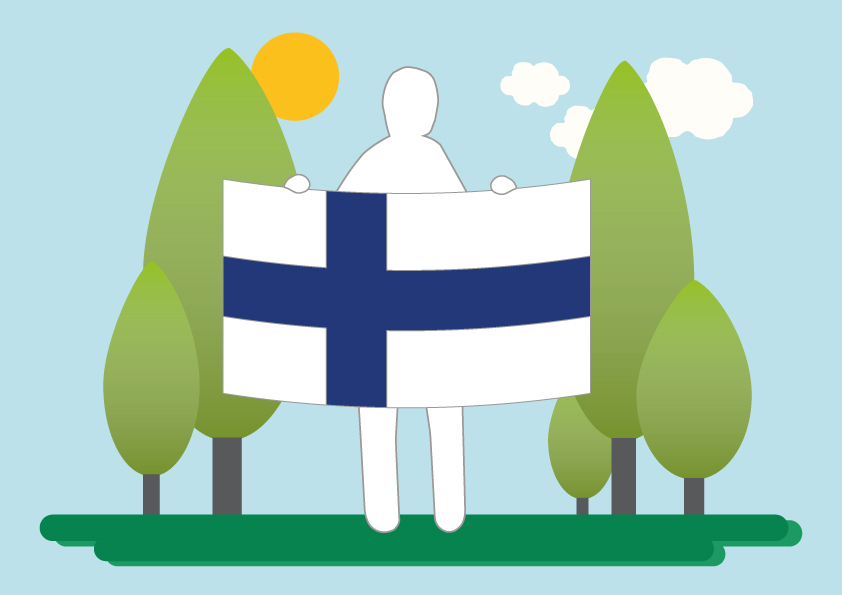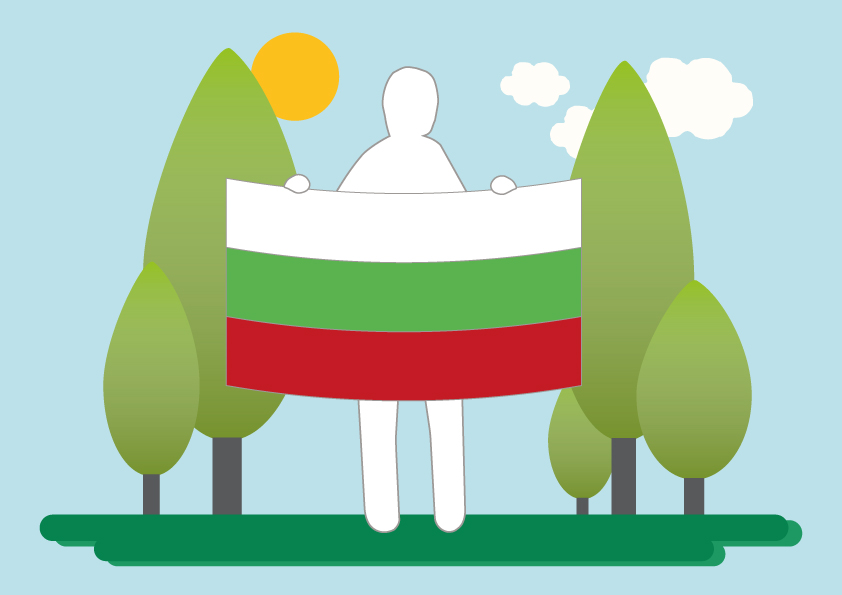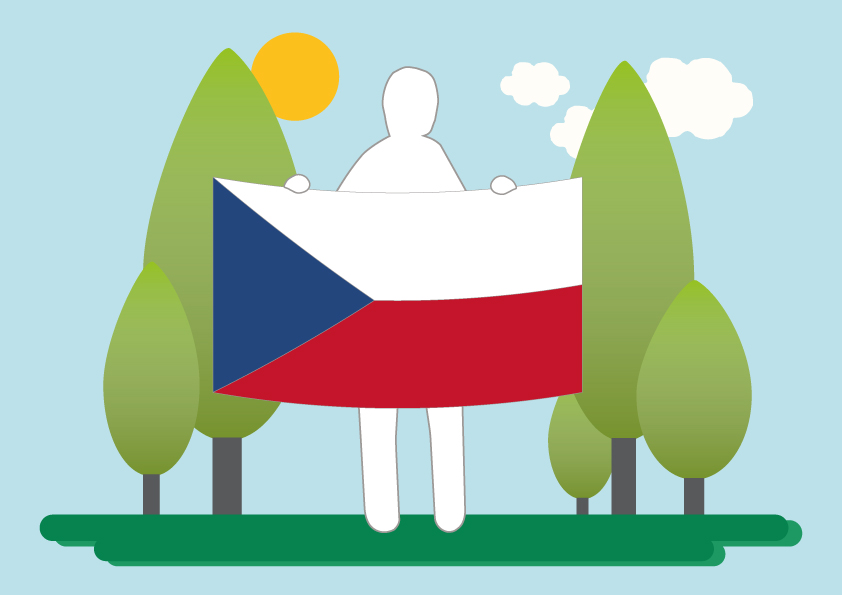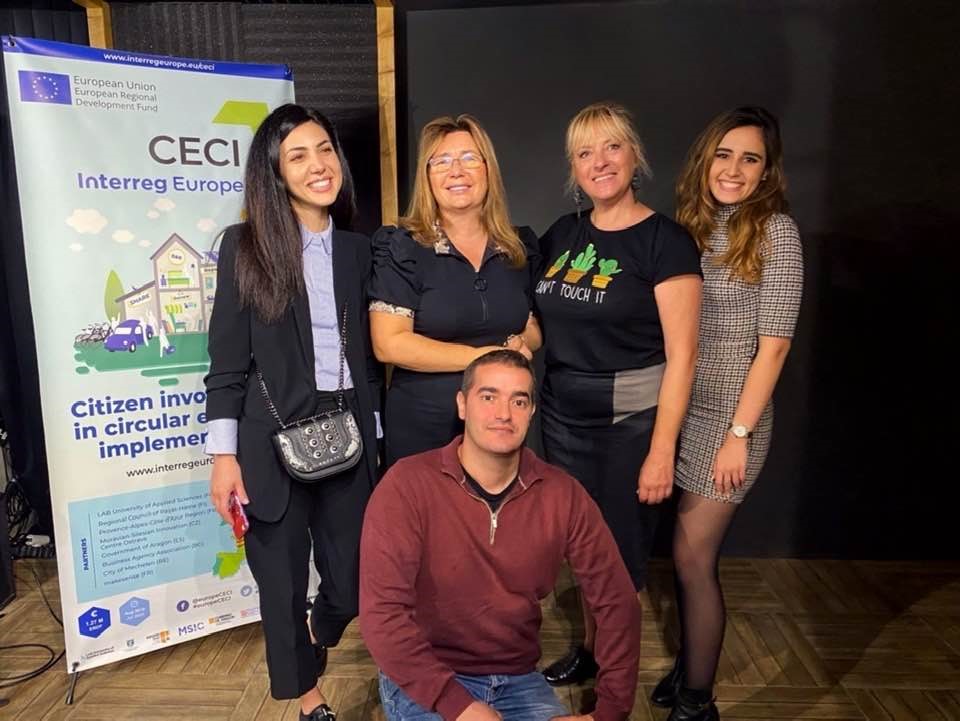Read full article with pictures here.
Home and Community Composting
The revised Waste Framework Directive defines the EU targets to recycle 65 % of municipal waste by 2035. At the same time, it requires a separate biowaste collection or recycling at the source by 2023. (Directive 2018/851/EU.) Biowaste accounts for 34 % of municipal waste in the EU, thus representing the largest single component of municipal waste. Food waste constitutes about 60 % of biowaste. Therefore, biowaste recycling has a great potential for reaching the EU targets and the transition towards a more circular economy. At the same time, its recycling delivers valuable nutrients back to the soil and produced biogas is a renewable energy source. (European Environment Agency 2020.)
Home composting involves also children. Children looking at worms that help composting.
Picture 1. Involving children in composting is not only educative but can be fun. (Image: Anna Solcova Photography).
In some countries, a separate biowaste collection is still either not possible or not yet mandatory. Voluntary small-scale home and community composting has been on the rise and has attracted many citizens. That was a stimulus for one of the CECI – Citizen Involvement in Circular Economy Implementation project partners, Moravian-Silesian Innovation Center Ostrava (MSIC) in the Czech Republic. In March 2021, MSIC organized a “How to compost in the city” online workshop for its citizens. It was organized in cooperation with the socially responsible company KOKOZA o.p.s., which promotes urban composting and gardening among citizens, companies and other organizations. Kokoza especially introduces composting technologies suitable for the city, either at home or in communities.
Small-scale Composting
During the workshop, Andrea Šustrová from KOKOZA, introduced the food loop principle (growing-food-composting), shared practical tips on biowaste sorting at home, and suitable composting solutions. For these purposes, home vermicomposters, Bokashi, City Worms, or Urbalive composters were presented. (Šustrová 2021.)
California earthworms are essential in vermicomposting. An example of home vermicomposter.
Picture 2. According to Andrea Šustrová (2021), California earthworms are the best choice for vermicomposting. (Image: Anna Solcova Photography).
A vermicomposter is a simple and rather small device, in which biowaste (of vegetable origin) is processed through California earthworms and other microorganisms. Vermicomposting provides two organic treasures: (1) odourless, nutrient-rich and natural solid compost and (2) a liquid worm tea fertilizer for house or garden plants. (Šustrová 2021.)
If the idea of having earthworms at home is not durable, it is possible to use, for instance, Bokashi composters. The Bokashi composter decomposes biowaste by anaerobic fermentation and thus prevents the putrefaction process. Dried Bokashi bacteria are added to the biowaste. As a result of Bokashi composting, fermented organic material and a liquid Bokashi juice are produced. (Šustrová 2021.)
Urban community gardening is getting popular. In the Czech Republic, these gardens, as well as the location of community composters and availability of earthworms for vermicomposting are marked in the Mapko.cz application. Besides environmental advantages, community composting and gardening bring also great social benefits by supporting knowledge exchange among its members as well as relaxation. (Šustrová 2021.)
Composting at a small scale at home or in communities may be the first step for every citizen in their participation in a circular economy. All 45 participants of the workshop were inspired to start and test composting either at home or propose it in their communities and workplaces.
